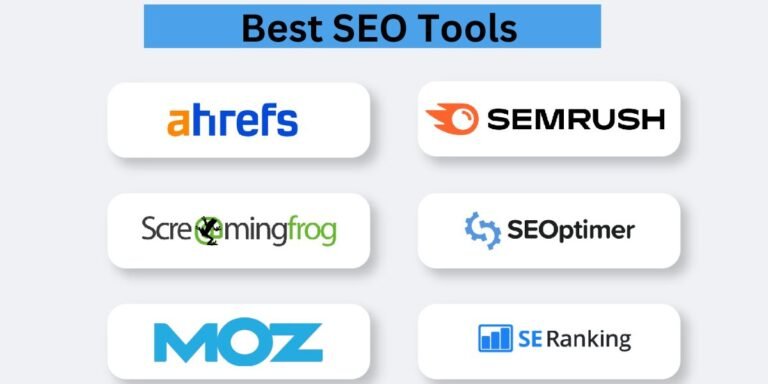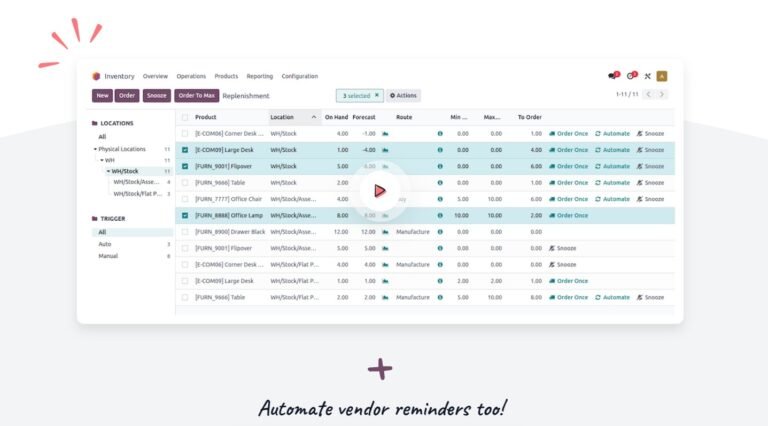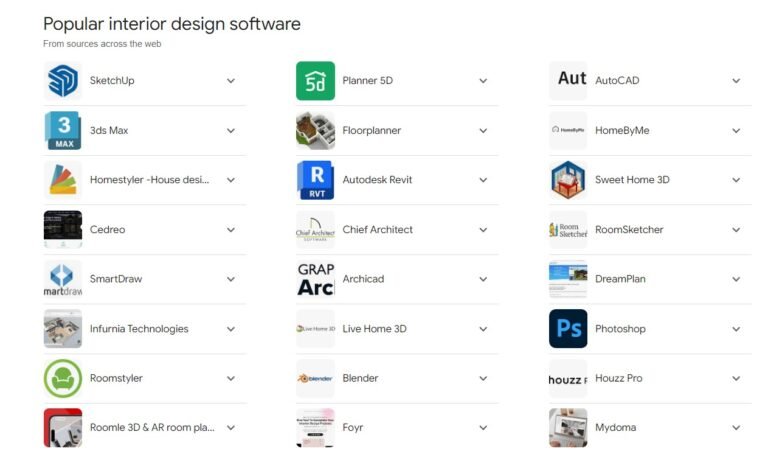Best Mapping Software for Commercial Real Estate
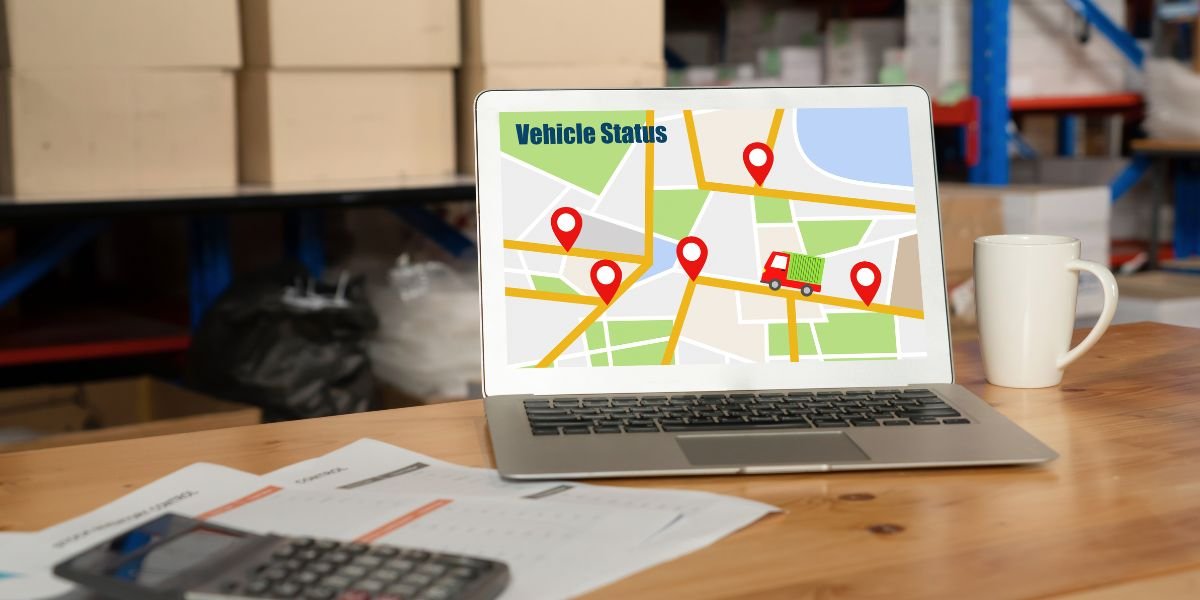
The best mapping software for your commercial real estate needs should excel in data visualization, robust geographical data provision, in-depth property analysis, and enhanced market research capabilities. Notable software can help you analyze properties based on price, size, and location, integrate data from multiple sources, and even track real-time property details.
Mapping software takes spatial pattern analysis to a new level, identifying potential investment options efficiently. Stay tuned to dig deeper into these important features and discover how the right mapping software can truly revolutionize your commercial real estate operations.
What Is Mapping Software for Commercial Real Estate?
Mapping software for commercial real estate, often referred to as Geographic Information System (GIS), is a powerful tool that allows you to visually analyze property data and make informed decisions. This technology offers a multitude of benefits, with features that enable you to overlay data on maps, compare potential sites, and conduct detailed cost analysis.
From a feature standpoint, GIS shines in its ability to present complex data in an easily digestible visual format. You can overlay demographic information, traffic data, and more on a map to see how different factors may influence your investment.
From a benefits perspective, the comparison capabilities of GIS prove invaluable. You can contrast locations, costs, and potential returns of different properties, aiding in your decision-making process.
When it comes to cost analysis, GIS helps you to make more accurate estimates and predictions. You can assess potential returns on investment and compare them against the costs of acquiring and maintaining a property.
Several case studies demonstrate the effectiveness of GIS. For instance, many businesses have reported an increase in efficiency and accuracy in site selection processes thanks to mapping software.
How Does Mapping Software for Real Estate Work?
Delving into the functionality of real estate mapping software, you’ll find that it operates by collecting, storing, manipulating, and presenting geographically referenced data. This process, known as data visualization, takes complex data sets and turns them into interactive, understandable maps.
The software performs location analysis by integrating data from multiple sources. It uses Geographic Information System (GIS) technology to interpret and analyze the geographic information, allowing you to understand the spatial patterns and relationships in the data. This is crucial in market research as it allows you to identify trends and analyze market conditions in different areas.
A key feature of real estate mapping software is property tracking. It uses the geographic information to monitor the status and details of properties. Through this, you can track property transactions, changes in property values, and even potential development opportunities.
In essence, mapping software for real estate takes vast amounts of data and transforms it into a visual format. It helps you make sense of complex information, aids in decision-making, and allows you to manage properties effectively. By leveraging the power of data visualization, location analysis, and property tracking, you can gain a competitive edge in the real estate market.
Choose the Best Mapping Software For Commercial Real Estate
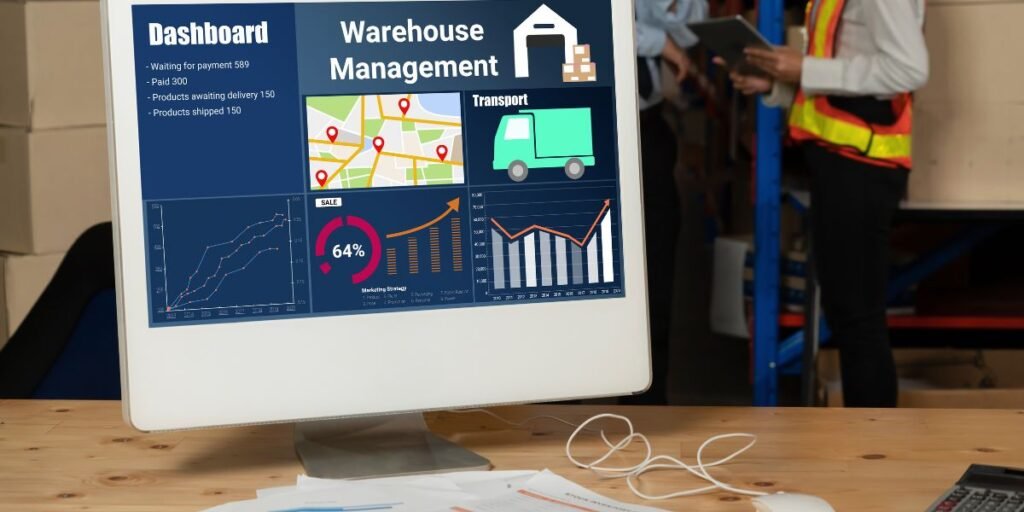
When it comes to selecting the best mapping software for commercial real estate, there are several key factors you should consider. Firstly, consider the data visualization capabilities of the software. It’s crucial to choose a product that can present complex data in a clear, visual format, helping you to understand and interpret market trends and property performance.
Location intelligence is another vital consideration, as the software should provide comprehensive geographical data to guide your investment decisions. It should allow you to evaluate factors like neighborhood demographics, property values, and competition in a specific area.
Property analysis features are also important. The software should offer tools that can analyze properties based on various parameters like price, size, and location, giving you a complete picture of the real estate market.
Market research capabilities are also essential. The software should provide you with the latest market data, enabling you to stay ahead of the curve in the fiercely competitive commercial real estate sector.
5 Best Mapping Software for Commercial Real Estate
In your search for the best mapping software for commercial real estate, it’s essential to focus on products that excel in data visualization, location analysis, property tracking, and market research. This approach will allow you to identify potential investment opportunities efficiently, saving time and resources.
Data visualization is crucial as it translates complex data into easy-to-understand formats, enabling you to make quicker and more informed decisions. Location analysis is another key feature that helps you evaluate the geographic aspects of potential properties, bearing in mind the surrounding environment and its impact on the property’s value.
Property tracking, on the other hand, allows you to keep track of your properties and monitor their performance over time. This will enable you to spot trends and make strategic decisions about your portfolio. Additionally, market research capabilities can provide you with valuable insights into real estate trends, local market conditions, and competitor analysis, helping you to identify lucrative investment opportunities.
Here’s a list of the five best mapping software for commercial real estate, evaluated for their features, usability, and overall performance.
1. ArcGIS by Esri
ArcGIS by Esri is a leading mapping and spatial analytics software, renowned for its comprehensive features and powerful capabilities.
Key Features:
- Advanced spatial analysis tools
- 3D mapping and visualization
- Customizable maps and dashboards
- Real-time data integration
- Extensive data libraries and layers
Pros:
- Highly versatile and powerful
- Suitable for complex analysis and large datasets
- Strong community and extensive support resources
Cons:
- Steep learning curve
- High cost, particularly for advanced features
Verdict: ArcGIS is ideal for commercial real estate professionals who need powerful and versatile mapping tools for complex analyses and large datasets, despite its higher cost and learning curve.
2. LandVision by LightBox
LandVision is a mapping and location analysis software designed specifically for real estate professionals, offering a range of tools tailored to the industry.
Key Features:
- Property and parcel data integration
- Customizable map layers
- Demographic and market analysis tools
- Mobile-friendly interface
- Collaboration and sharing capabilities
Pros:
- Tailored specifically for real estate
- User-friendly interface
- Mobile access for on-the-go use
Cons:
- Limited advanced analysis features compared to ArcGIS
- Can be expensive for smaller firms
Verdict: LandVision is perfect for real estate professionals seeking user-friendly, industry-specific mapping tools with strong mobile capabilities, despite its higher price point for smaller firms.
3. Maptitude
Maptitude offers powerful mapping and geographic analysis tools at an affordable price, making it a popular choice for commercial real estate professionals.
Key Features:
- Comprehensive mapping tools
- Demographic data integration
- Customizable maps and reports
- Territory and site analysis
- Extensive data import/export capabilities
Pros:
- Affordable pricing
- Easy to use with extensive features
- Strong data integration and analysis tools
Cons:
- Interface can feel outdated
- Limited advanced features compared to top-tier software
Verdict: Maptitude is a cost-effective solution for commercial real estate professionals looking for powerful mapping and analysis tools without breaking the bank.
4. Reonomy
Reonomy is a commercial real estate data and analytics platform that offers mapping and property intelligence tools to help professionals make informed decisions.
Key Features:
- Comprehensive property data and analytics
- Owner and tenant information
- Market and sales trends analysis
- Customizable mapping tools
- Integration with other real estate software
Pros:
- Extensive property data and analytics
- User-friendly interface
- Strong integration capabilities
Cons:
- Focused primarily on the US market
- Can be expensive for smaller users
Verdict: Reonomy is ideal for commercial real estate professionals needing detailed property data and analytics, particularly those focused on the US market.
5. Buildout
Buildout is an all-in-one marketing and deal management software for commercial real estate, offering powerful mapping and visualization tools as part of its suite.
Key Features:
- Property mapping and site analysis
- Customizable marketing materials
- Deal and pipeline management
- Integration with CRM and other tools
- Collaborative features for team use
Pros:
- Comprehensive suite for marketing and deal management
- User-friendly interface
- Strong integration capabilities
Cons:
- Primarily focused on marketing and deal management
- Limited advanced mapping features
Verdict: Buildout is a great choice for commercial real estate professionals seeking an all-in-one solution that combines mapping with marketing and deal management tools.
Frequently Asked Questions
What Are the Costs Associated With Implementing Mapping Software in Commercial Real Estate?
You’ll encounter various costs when implementing mapping software. These may include implementation costs, training expenses, software updates, licensing fees, and customization options. Each factor contributes to the overall expense of the software in commercial real estate.
Can Mapping Software Integrate With Other Real Estate Management Systems?
Yes, many mapping software options offer integration capabilities with other management systems. They also provide customization options, data accuracy, a user-friendly interface, and scalability potential to suit your commercial real estate needs.
How Secure Is the Data in Commercial Real Estate Mapping Software?
Your data’s security in commercial real estate mapping software largely depends on the cybersecurity measures in place. Encryption methods are used to curb privacy concerns and prevent data breaches. Always verify the software’s security features.
What Kind of Customer Support Is Available for Mapping Software Users?
You’ll find ample customer support for your mapping software. Live chat, phone, and email support are readily available. Plus, there are online tutorials and community forums to help you troubleshoot any issues you encounter.
Does the Use of Mapping Software Require Any Specific Technical Skills?
You don’t need specific technical skills to use mapping software. However, user training, understanding data visualization, system integration, and navigating the user interface are beneficial. Technical support is available for any difficulties you encounter.
Conclusion
In conclusion, finding the right mapping software can greatly boost your commercial real estate business. It’s not just about finding any software, but the one that serves your unique needs. From analyzing market trends to visualizing property data, these tools are a game-changer. So, be smart and opt for the best mapping software that suits your business needs. Remember, the right tool can be the key to unlocking your business’s maximum potential.


